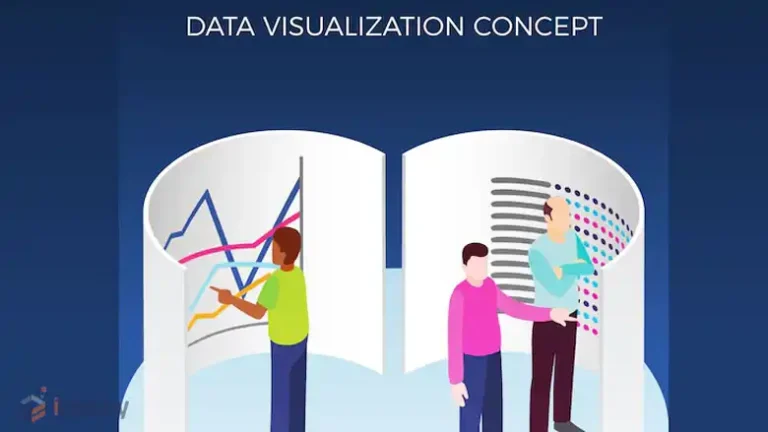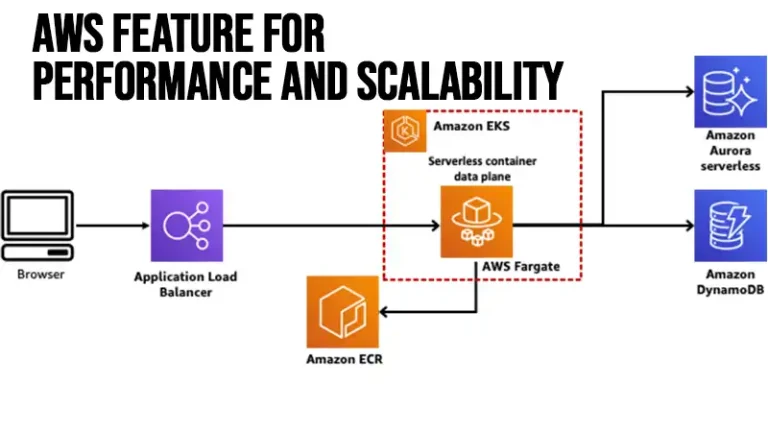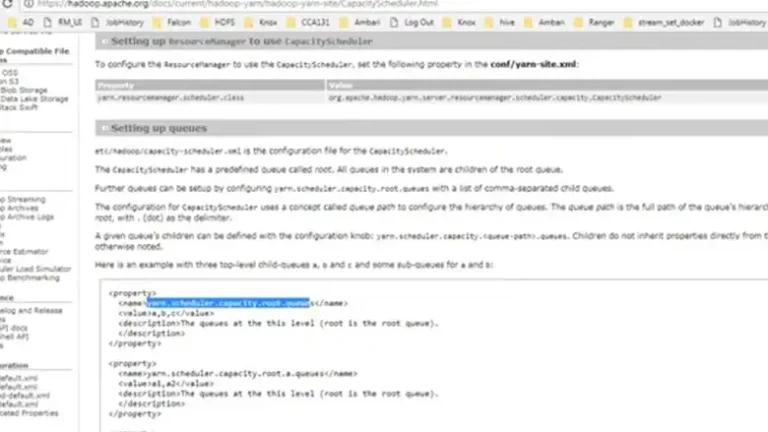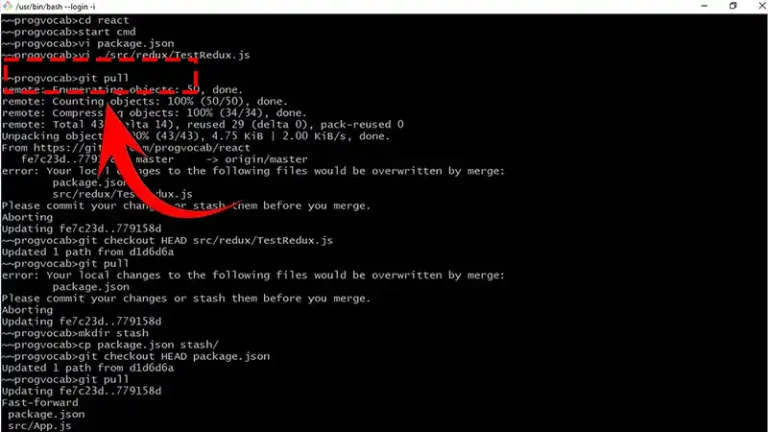Azure Bicep vs Terraform | Choosing the Right Tool
Navigating the complexities of maintaining consistency across diverse environments has been a longstanding challenge of Azure infrastructure management. The manual upkeep often leads to environments drifting out of sync, creating operational hurdles along the way.
In this article, we shall explore two powerhouse tools in the Azure ecosystem: Terraform and Azure Bicep. Delving into their features, strengths, and nuances, we aim to provide clarity for those seeking the optimal solution for their Azure infrastructure needs.

What is Terraform?
Terraform, crafted by HashiCorp, emerges as a heavyweight contender in the IaC arena. This battle-tested, open-source tool empowers developers to define infrastructure using the HashiCorp Configuration Language (HCL). With an impressive track record of over 100 million downloads, Terraform’s allure lies in its intuitive syntax and developer-friendly design, even for intricate infrastructures.
At its core, Terraform generates an “execution plan,” detailing the steps needed to actualize the desired infrastructure state from configuration files. Its versatility extends across various domains, spanning storage, networking, compute, Platform as a Service (PaaS), Software as a Service (SaaS), DNS, and beyond.
Central to Terraform’s architecture are key concepts like resources, state, providers, and modules. What sets Terraform apart is its platform-agnostic nature, allowing seamless adaptation across multiple cloud platforms, ensuring flexibility and scalability.
Why use Terraform in Azure?
Terraform’s configuration file syntax, based on templates, offers a structured approach to configuring Azure resources, ensuring repeatability and predictability in deployment. The automation of infrastructure yields several advantages, notably reducing the risk of human errors during deployment and management processes.
What is Azure Bicep?
Microsoft’s Azure Bicep steps into the spotlight as a transpiler, translating code written in its Domain Specific Language into Azure Resource Manager (ARM) templates. With native integration into the Azure ecosystem, Bicep offers developers assurance in accessing Azure services seamlessly from the outset.
In contrast to Terraform, Bicep manages state directly within Azure, eliminating the need for local state files. This simplifies deployment and management processes, harnessing the power of ARM templates while offering developers a more intuitive syntax.
A notable divergence between Bicep and Terraform lies in their platform support. While Bicep is tailored for Azure environments, Terraform boasts broader compatibility across various cloud platforms.
What Is the Difference Between Azure Bicep and Terraform?
As we delve into the comparison between Terraform and Bicep, several critical distinctions emerge:
Platform Support: Bicep is Azure-centric, while Terraform caters to multi-platform needs.
Native Azure Integration: Bicep seamlessly integrates with Azure services, offering a streamlined experience, unlike Terraform’s broader yet less native support.
State Management: Bicep maintains state within Azure, whereas Terraform stores state locally or in the cloud.
Community Support: Terraform enjoys a mature ecosystem and robust community, while Bicep is gaining traction with Microsoft’s backing.
Azure Bicep vs Terraform: Making the Decision
The decision between Terraform and Bicep hinges on organizational needs, project requirements, and long-term objectives. Terraform shines in managing multi-cloud environments with its broad platform support and established ecosystem.
On the other hand, Bicep offers a compelling proposition for Azure-centric projects, leveraging its intuitive syntax and seamless integration with Azure services. Microsoft’s ongoing enhancements to Bicep signal its potential for broader adoption in the Azure ecosystem.
Frequently Asked Questions
Can I use Bicep for AWS?
Yes, you can use Bicep for AWS by leveraging third-party solutions. Bicep itself is tailored for Azure environments, but with third-party tools, it’s possible to extend its usage to AWS.
Can we use Terraform in Azure?
Terraform comes pre-installed within Azure Cloud Shell and automatically authenticated to your subscription, ensuring seamless integration and immediate usability.
Conclusion
Both Terraform and Bicep represent top-tier solutions in the realm of Infrastructure as Code, empowering organizations to drive innovation and scalability in their cloud initiatives. As you make this decision, consider the unique requirements of your projects and the strategic objectives of your organization.

![Understanding and Resolving “Not a Statement” Errors in Java [Answerd]](https://www.iheavy.com/wp-content/uploads/2024/04/Not-a-Statement-Errors-in-Java-768x432.webp)



